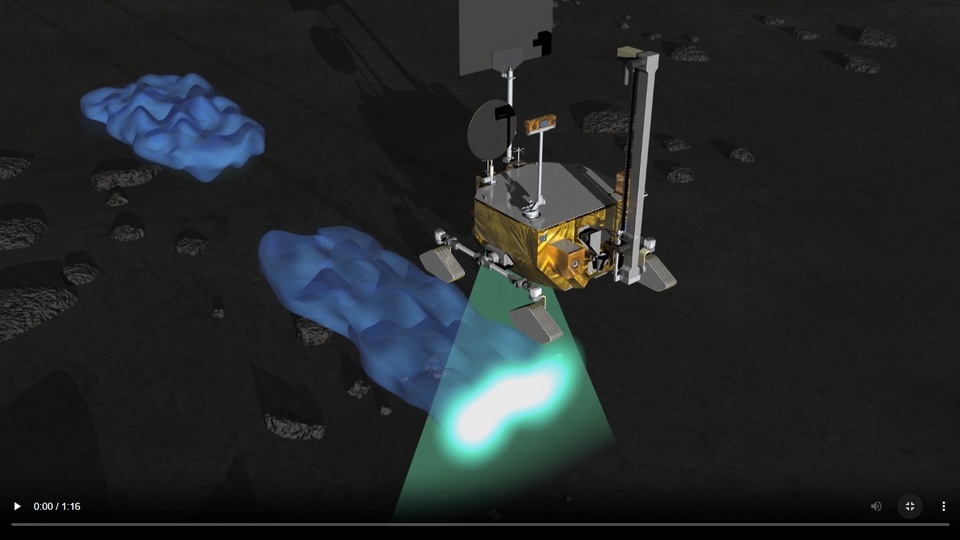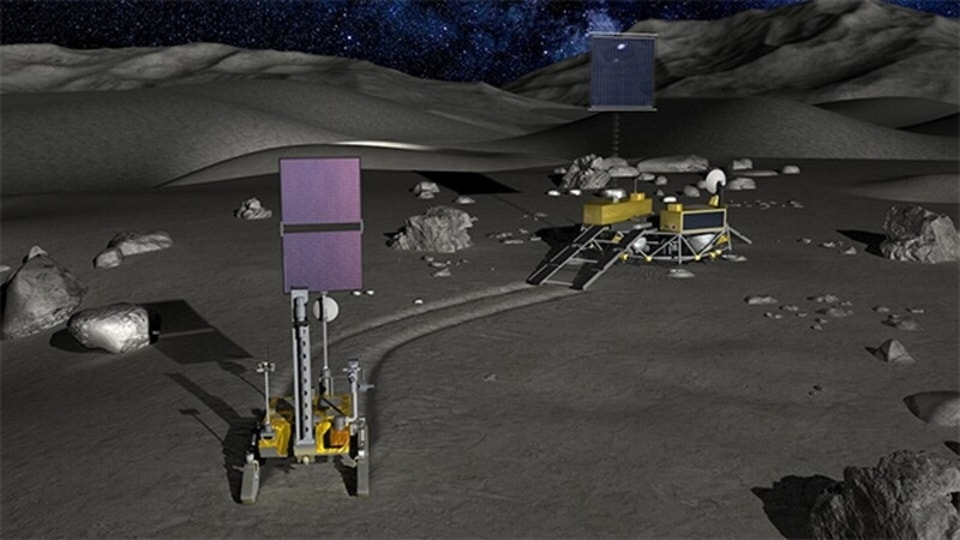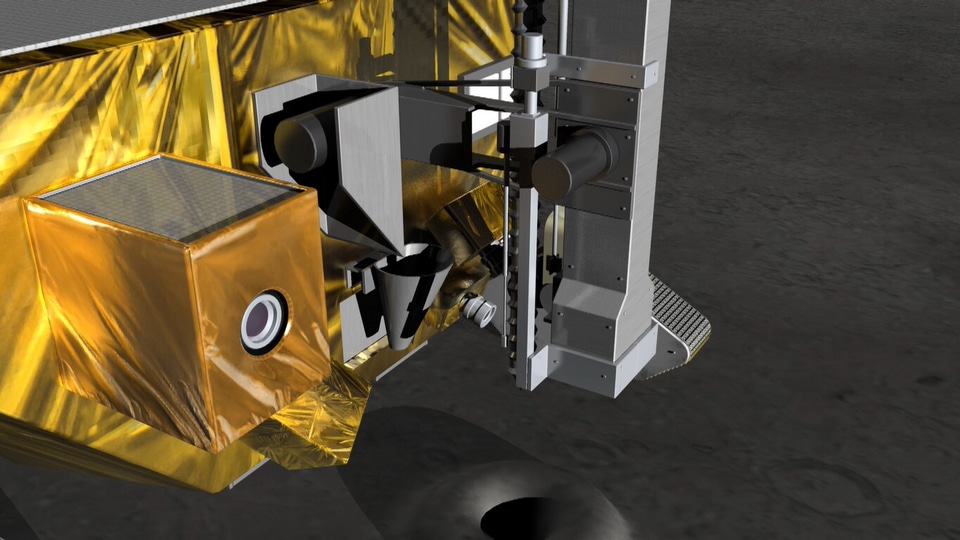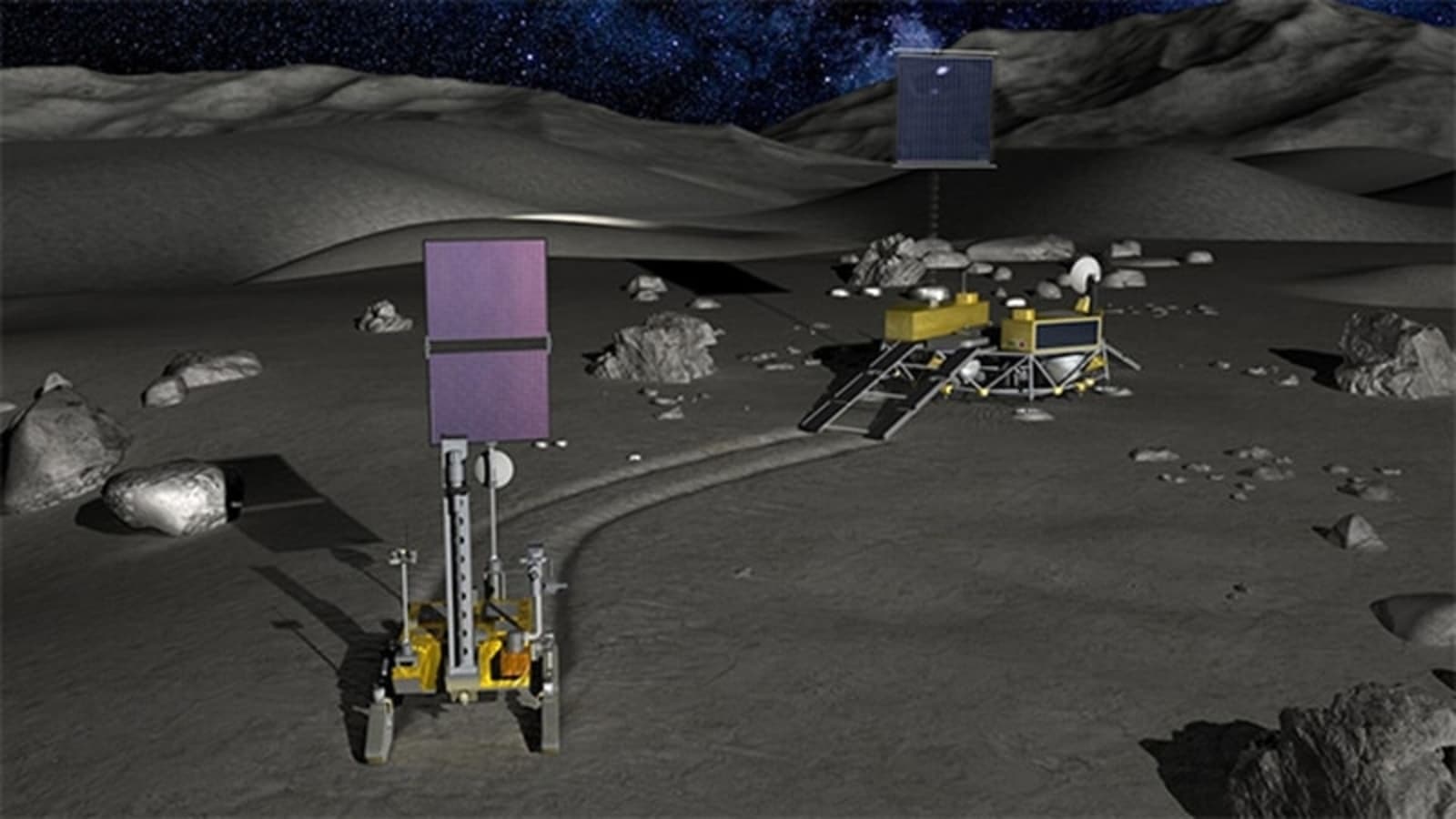Chandrayaan-4 mission: Know how will ISRO execute this ambitious moon mission
With the Chandrayaan-4 mission, ISRO is setting a goal to bring Moon samples to Earth within the next five to seven years.







 View all Images
View all ImagesIndia's space agency, the Indian Space Research Organisation (ISRO), is taking Moon exploration ambitions a step forward with the upcoming Chandrayaan-4 mission. After the successful Chandrayaan-3 mission gathered significant Scientific results that left the world quite astounded, ISRO is setting a goal to bring Moon samples to Earth within the next five to seven years. For this ambitious mission, ISRO is joining forces with the Japanese Space Agency, JAXA. Check here to know what ISRO is up to:
Chandrayaan-4 mission
The Chandrayaan-4 mission is a significant step forward in which ISRO is planning a complex landing on the moon's south pole. This mission is officially known as the Lunar Polara Exploration mission (LUPEX). Unlike its predecessor, the Chandrayaan-3 mission, the Chandrayaan-4 mission will consist of four modules and involve two launches. This mission is somewhat similar to NASA's Mars mission where the Perseverance rover has collected samples to bring them back to Earth.
We are now on WhatsApp. Click to join
How will the Chandrayaan-4 mission be executed?
Chandrayaan-4 mission will involve various complex steps for its successful execution. The primary step of the mission includes a lander and an ascender that will collect samples from the moon's surface, likely near the Chandrayaan-3 landing site on the lunar polar surface.
The Chandrayaan-4 mission's second step involves a transfer module and a reentry module, launched separately on a second rocket. These modules will remain in lunar orbit, with the lander and the ascender speculated to land on an unspecified crater near the south pole.
Following the collection of lunar samples, the ascender module will launch from the lunar surface and transfer its samples to the reentry module. Both modules will then return to Earth, carrying valuable lunar surface samples. Notably, the Chandrayaan-4 mission is anticipated to last for an impressive 100 days on the lunar surface, a duration five times longer than its predecessor, Chandrayaan-3.
ISRO is partnering with the Japanese space agency JAXA for the Lunar Polar Exploration Mission, also known as the Chandrayaan-4 mission. According to the official website of JAXA, the mission aims to gather data on the quantity and forms of water present on the lunar surface which will help in providing insights into its distribution and interaction with the lunar environment. The mission's rover, with a payload mass of more than 350 KG, will be launched using an H3 rocket. The Chandrayaan-4 mission's focus includes exploring the permanently shadowed areas at the lunar south pole, believed to contain ice and minerals.
This international collaboration underscores the significance of shared technologies and ideas in enhancing the mission's chances of success.
One more thing! HT Tech is now on WhatsApp Channels! Follow us by clicking the link so you never miss any updates from the world of technology. Click here to join now!
Catch all the Latest Tech News, Mobile News, Laptop News, Gaming news, Wearables News , How To News, also keep up with us on Whatsapp channel,Twitter, Facebook, Google News, and Instagram. For our latest videos, subscribe to our YouTube channel.




























